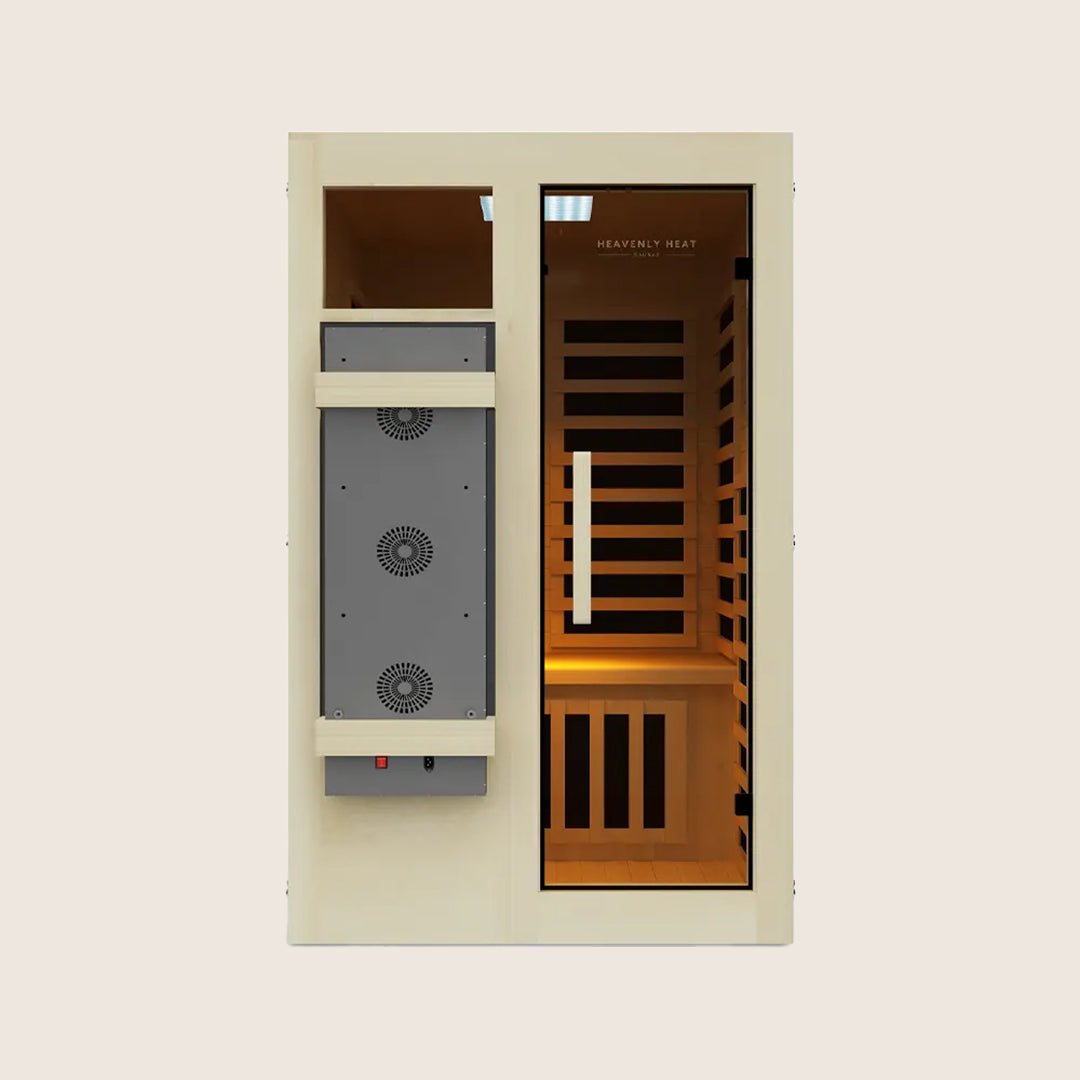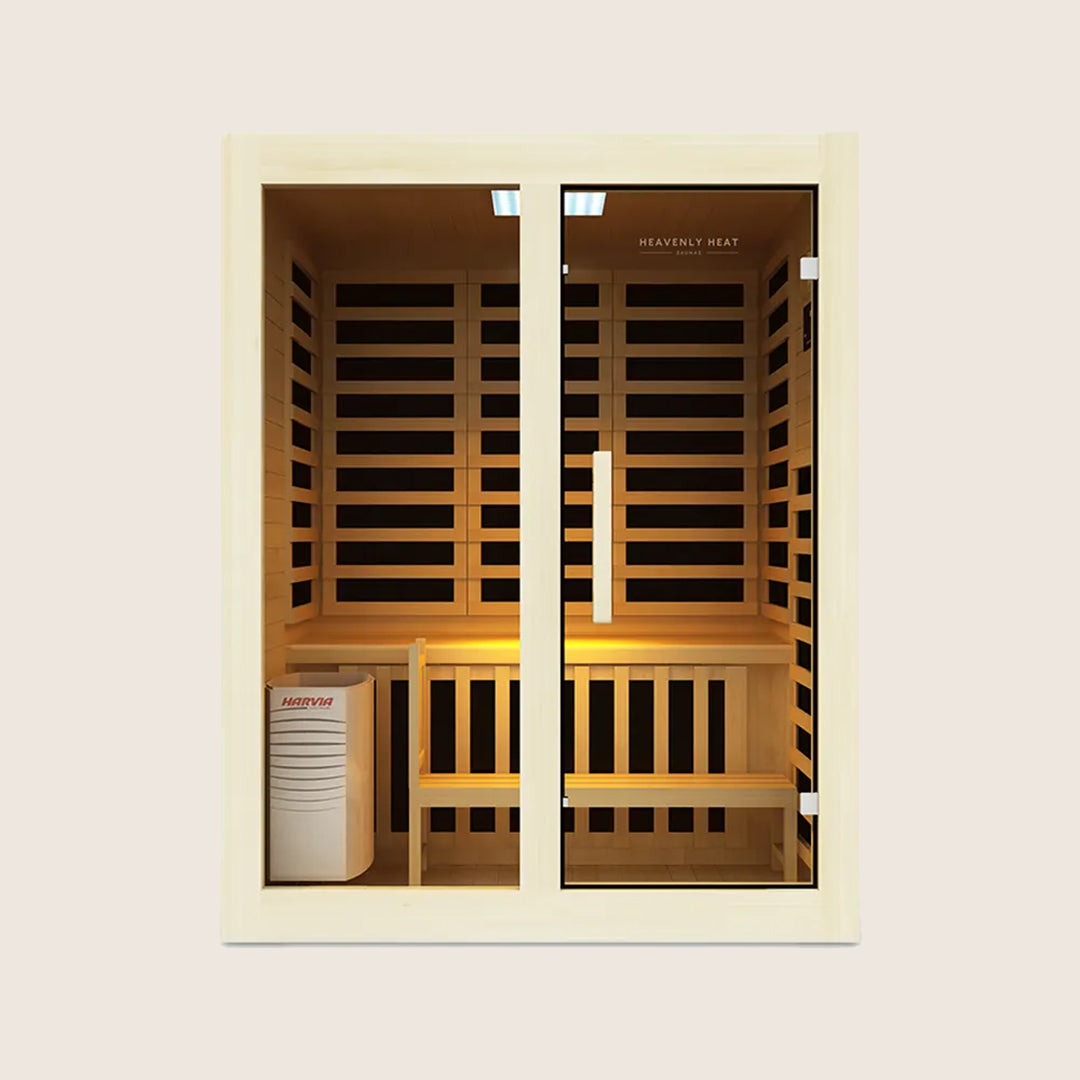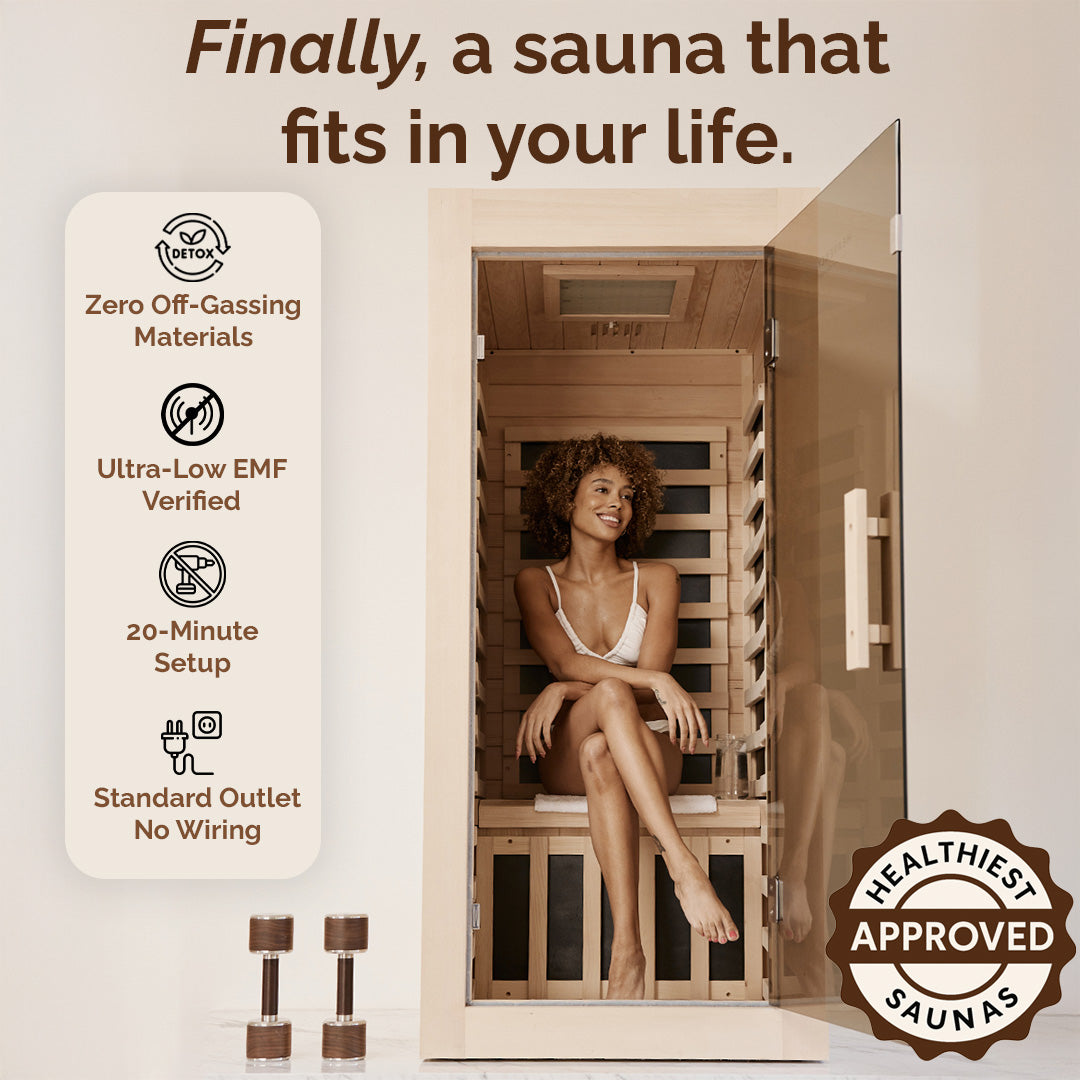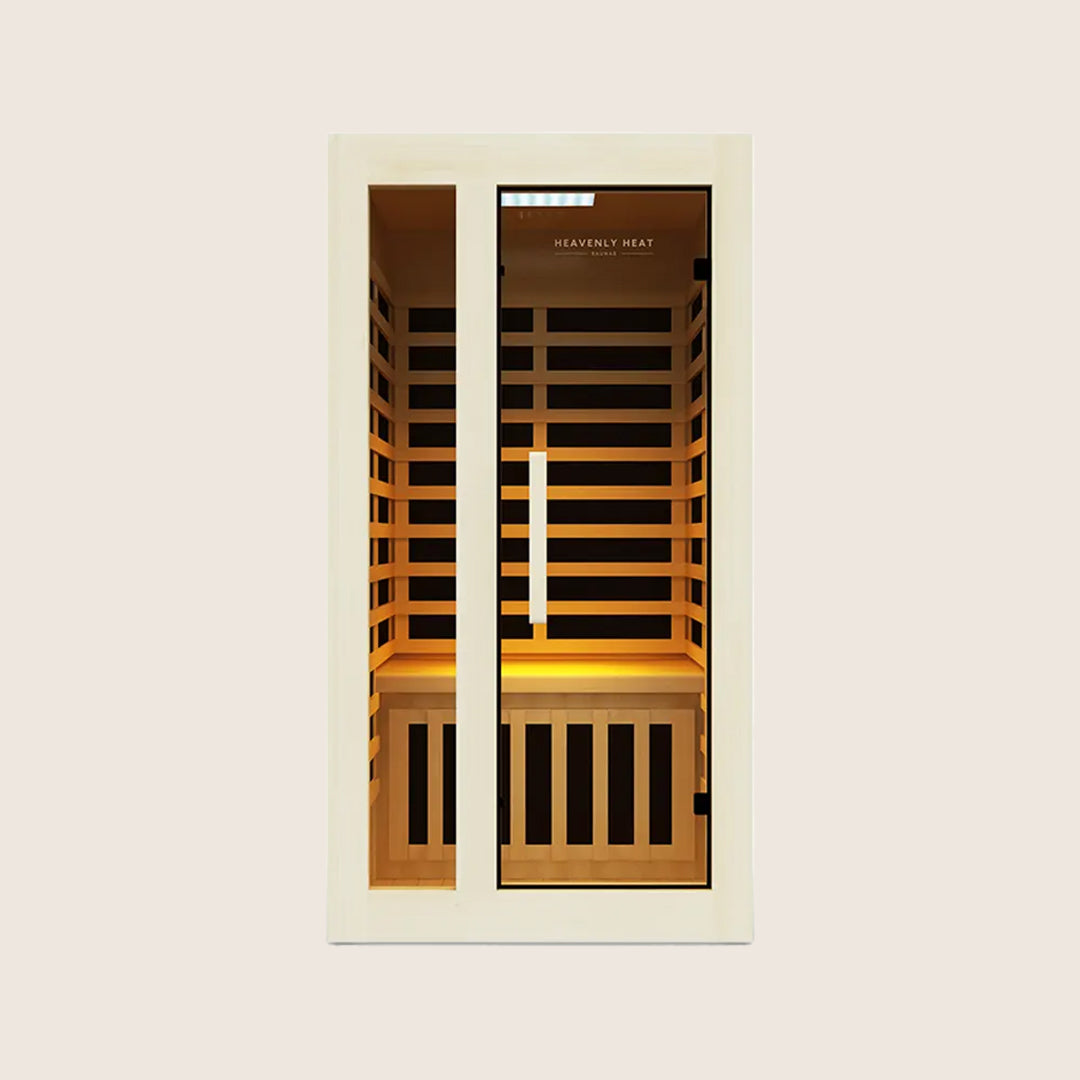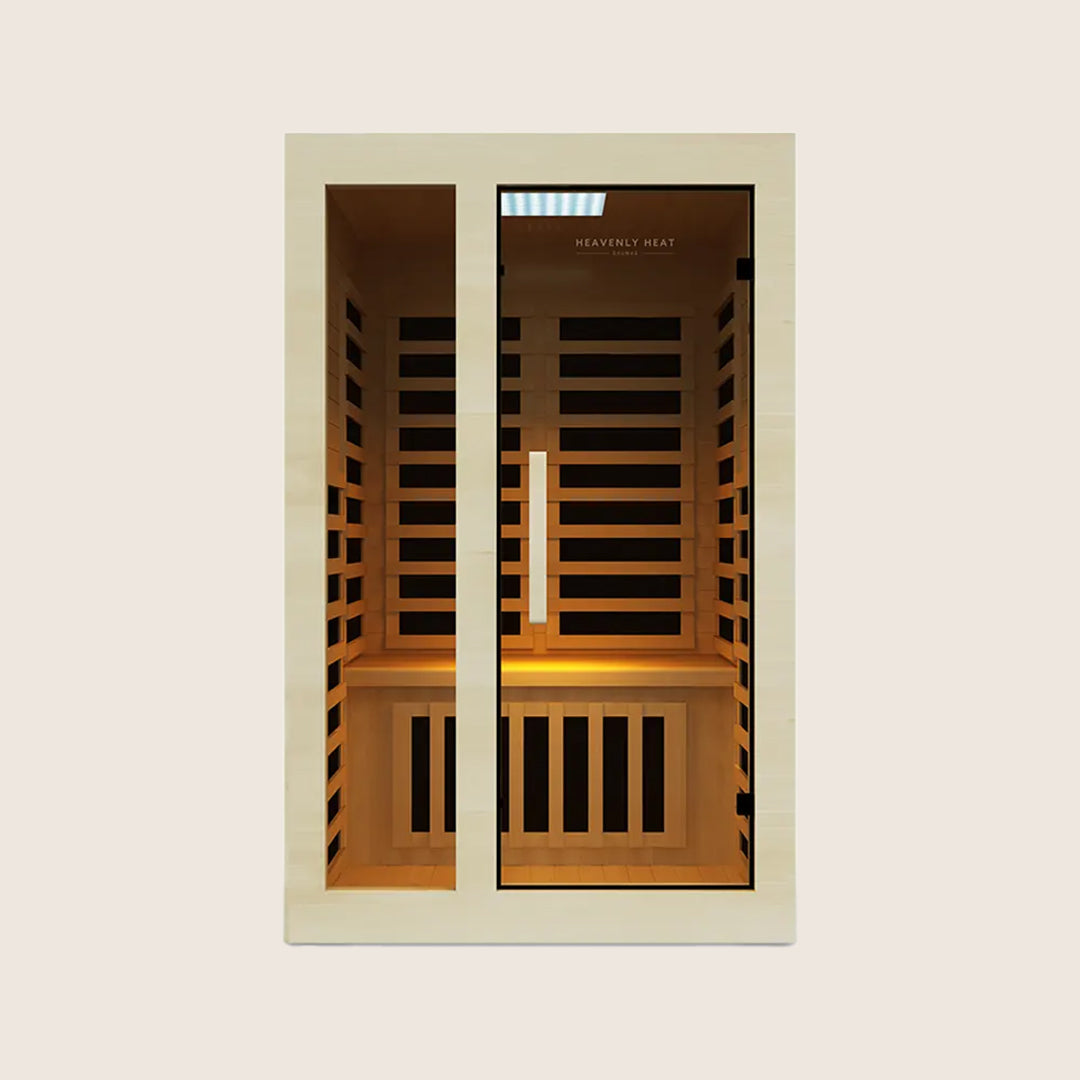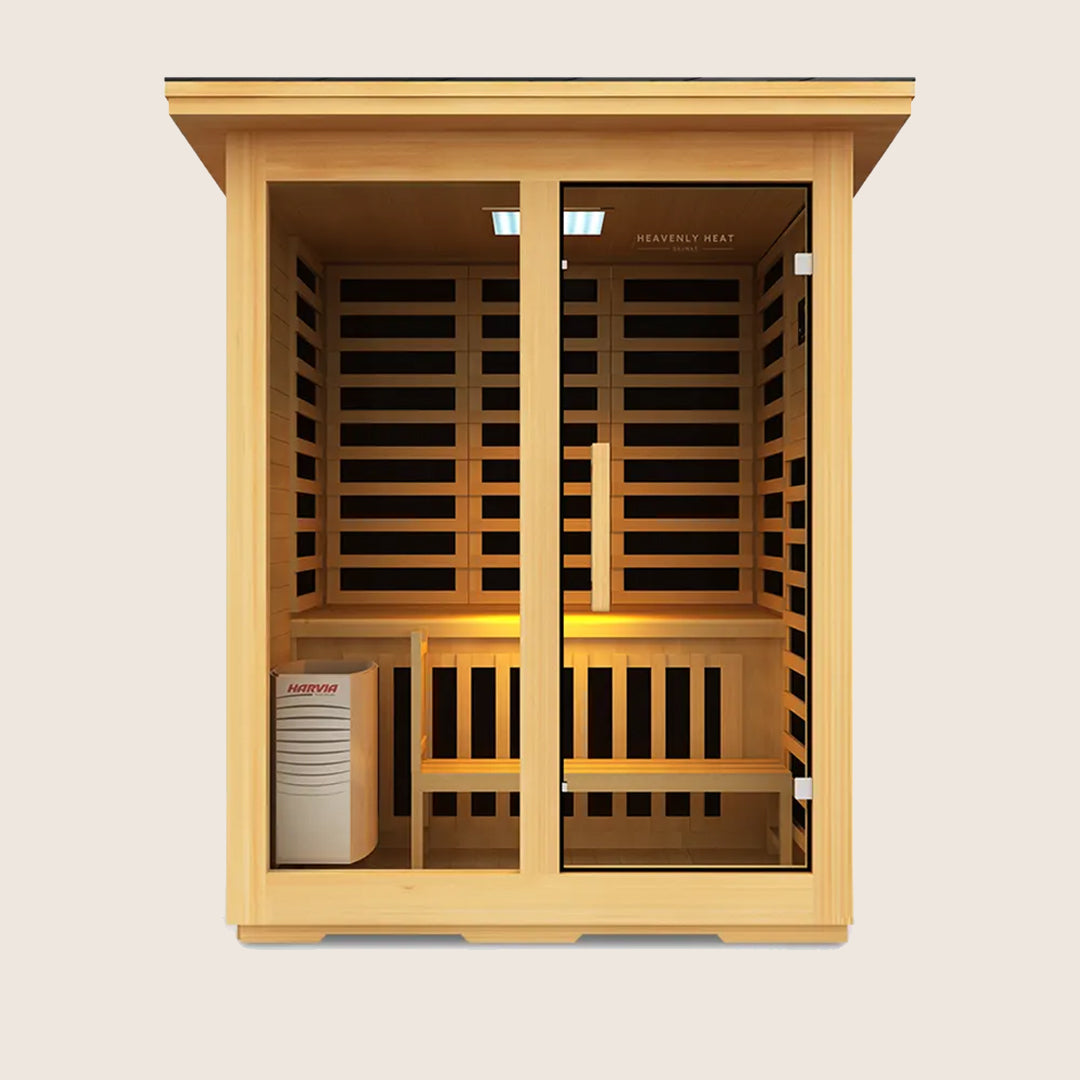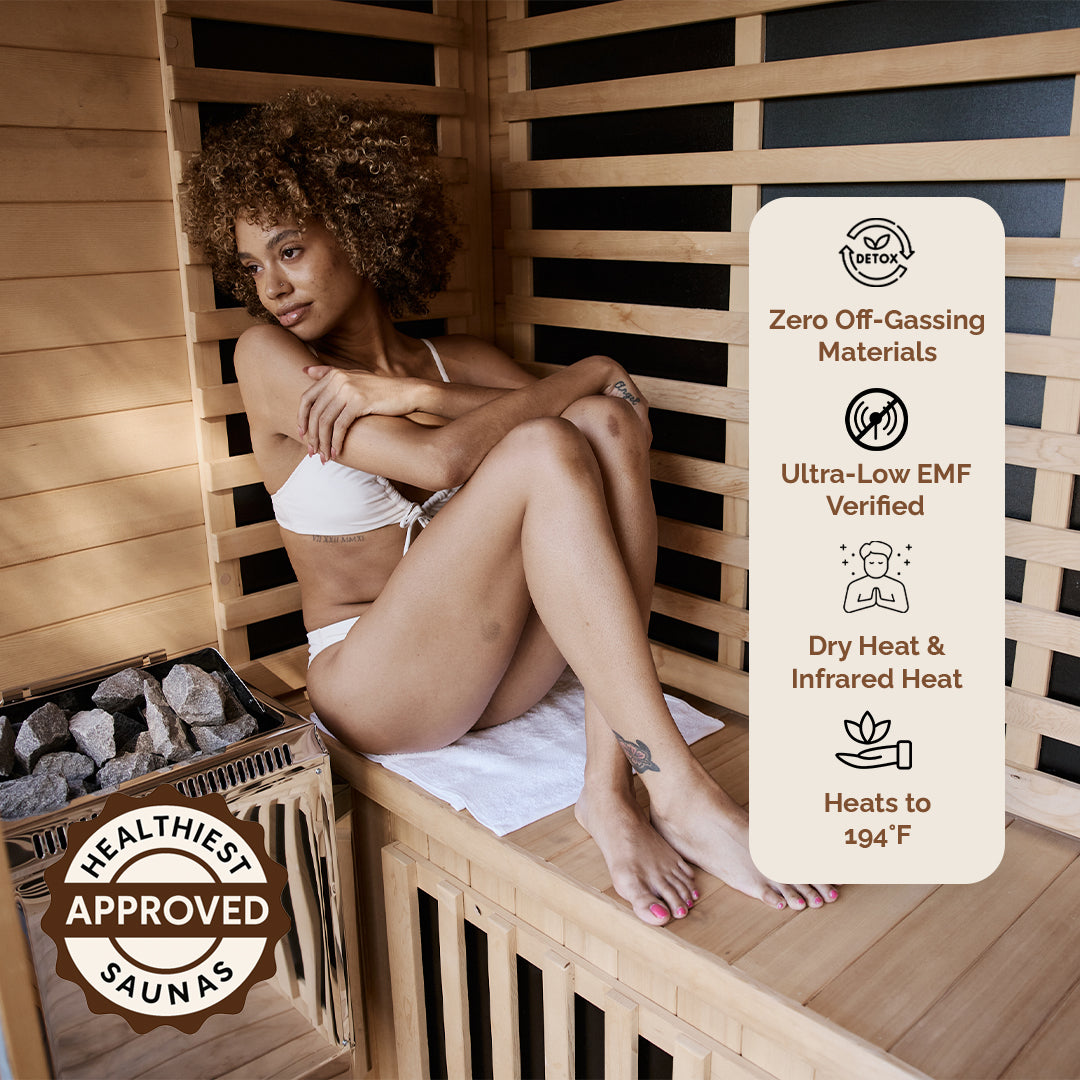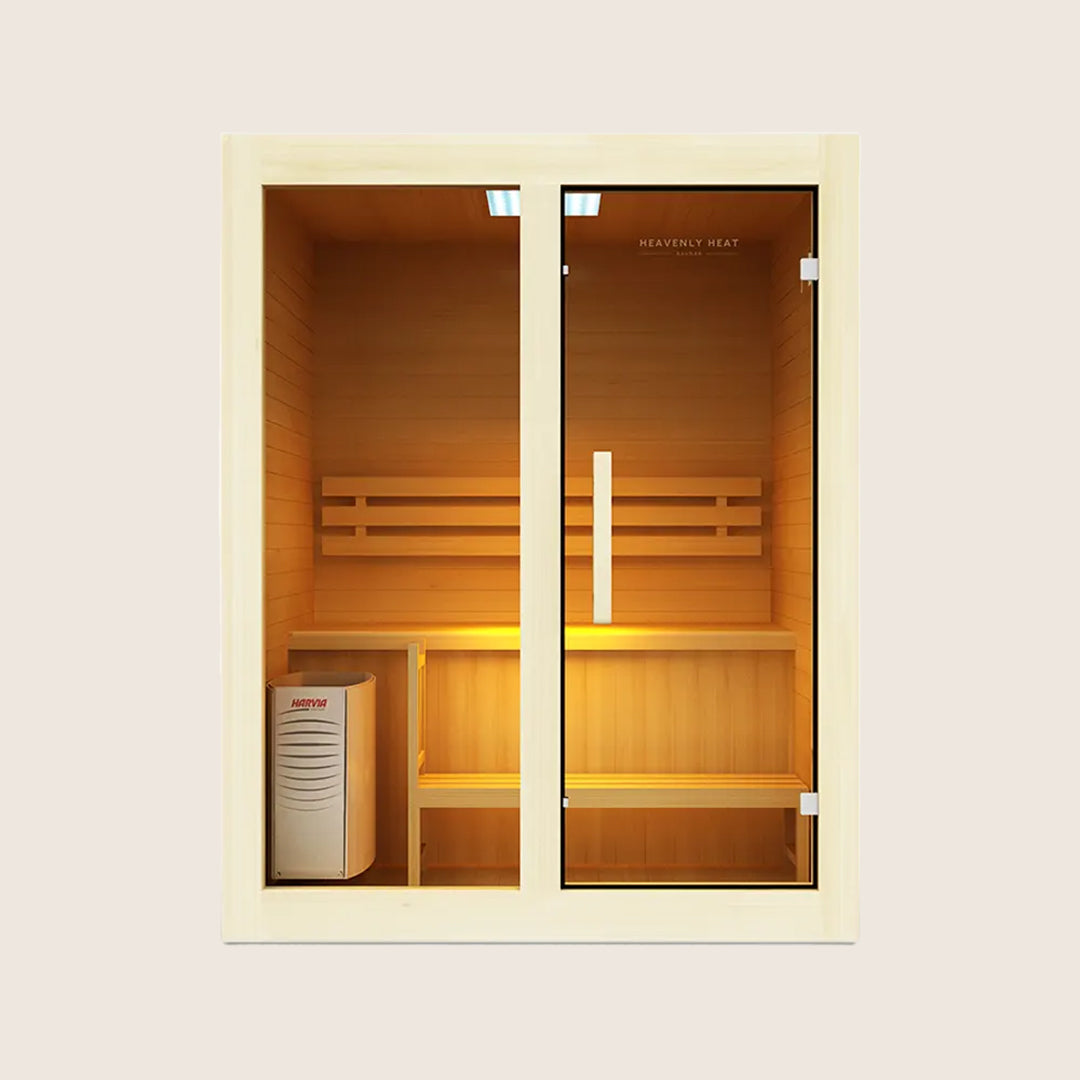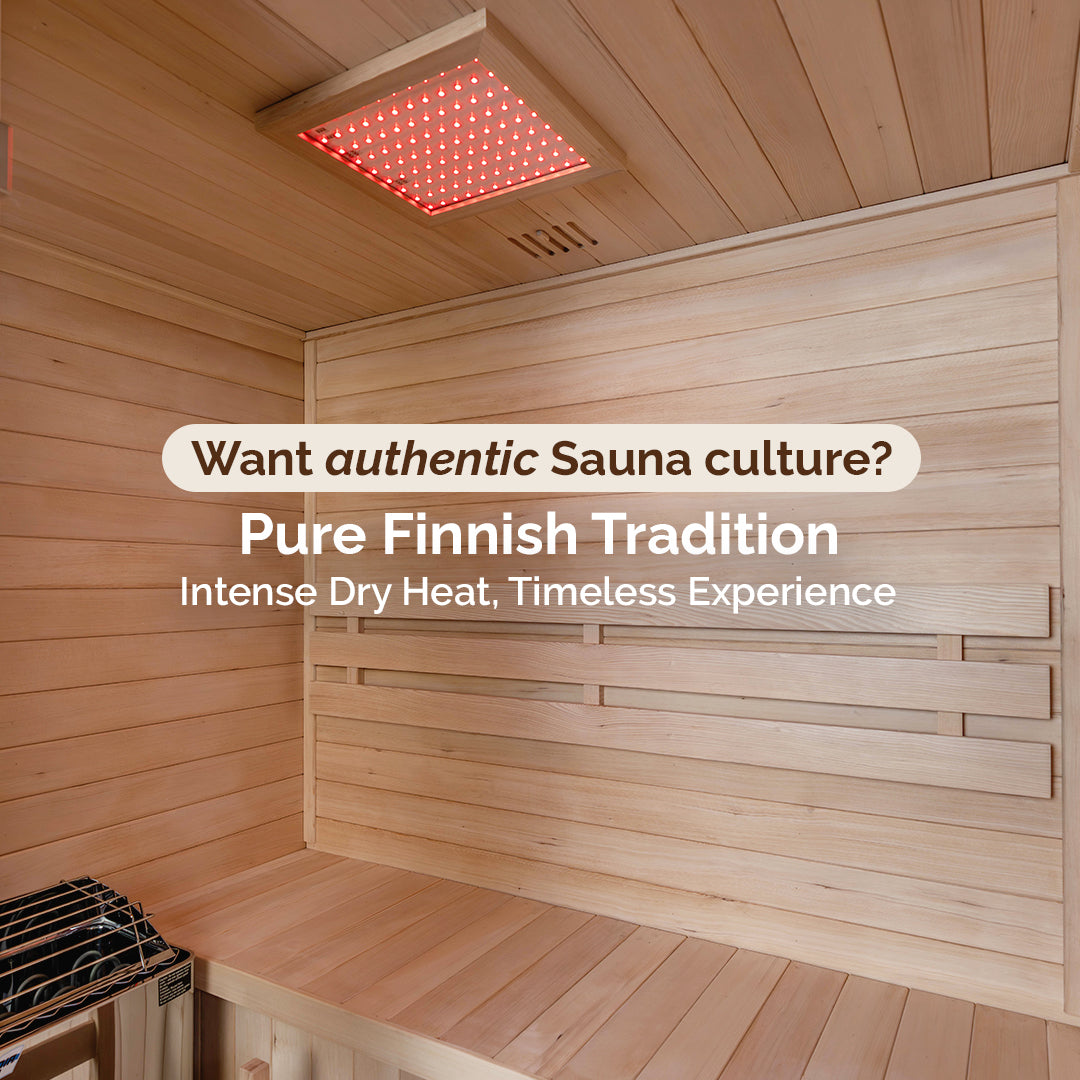13 Things to Look for When Buying a Used Hot Tub

Buying a used hot tub can save you money, but it comes with risks. You don’t want hidden leaks, broken pumps, or faulty wiring ruining your relaxation.
Knowing what to check before you buy can save time, money, and stress. In this guide, we’ll walk you through 13 essential things to inspect for a safe, long-lasting spa.
Key Takeaways
Inspect the Shell Carefully: Check for cracks, chips, or soft spots to avoid costly repairs.
Test Jets, Pumps, and Heater: Ensure water flow is strong, the pump is quiet, and the heater works properly.
Prioritize Electrical Safety: Look for signs of damage, tripped breakers, or corrosion, and verify GFCI protection.
Check Age and Efficiency: Older hot tubs may need frequent repairs and cost more to run; energy-efficient models save money.
Evaluate Extras and Condition: Inspect covers, filters, noise levels, and included accessories for comfort, safety, and long-term value.
13 Things to Look for When Buying a Used Hot Tub
Overall Condition of the Shell
When checking a used hot tub, start with the shell. Look for cracks, chips, or scratches especially near jets and corners.
Press to ensure it’s firm, not soft. Watch for fading, discoloration, or sloppy repairs that could mean leaks.
Ask about past fixes, and make sure the shell is watertight and solid, since repairs are expensive.

Functionality of Jets and Pumps
Turn on the hot tub and test the jets at different speeds. A loud or grinding pump may be failing. Weak water flow can indicate air blockages or a weak circulation pump.
Common issues in used hot tubs include leaks, bad seals, and worn bearings. Check for strong, consistent jet flow to confirm the pump is in good condition.
Heater Performance
Check the heater to ensure it warms the water to the set temperature and maintains it. Look for rust, leaks, or corrosion, which can shorten its life.
Ask the seller if it has been replaced and how old it is. A damaged or ineffective heater may need replacement, which can cost a few hundred dollars.
Electrical System Safety
When buying a used hot tub, electrical system safety is one of the most important aspects to check.
While industry safety reports don’t give an exact percentage of malfunctions caused by electrical issues, experts agree they are among the most common problems, from tripped GFCI breakers to unresponsive control panels or heater failures.
The typical lifespan of electrical components varies: wiring can last 50–70 years, control panels 5–10 years, and circuit boards 8–10 years, though poor maintenance, moisture, or imbalanced water chemistry can shorten this.
The National Fire Protection Association (NFPA) notes that hot tubs must have GFCI protection and an emergency shut-off switch, with regular testing to prevent dangerous electrical shock.
Signs of electrical damage include persistent breaker trips, burning smells, flickering or unresponsive controls, odd noises, corrosion, and even tingling in the water.
If any appear, cut power immediately and call a licensed electrician. Inspecting these details carefully can help ensure your new-to-you hot tub is both relaxing and safe.
Water Quality and Filtration
Clear water indicates proper maintenance; cloudy or smelly water suggests neglect. Test pH and alkalinity with strips, levels should be balanced to protect the tub.
Check the filter for cleanliness; rinse often and replace every 1–2 years. A clogged filter strains the pump and can cause damage. Poor water quality may also leave stains or buildup inside the tub.
Cover Condition
A strong cover protects your hot tub and saves energy. Check if it feels heavy, saggy, or waterlogged, this indicates waterlogged foam and reduced insulation.
Inspect for cracks, fading, or broken seams. A tight-fitting cover prevents heat loss. A worn cover should be replaced to improve efficiency and keep debris out.
Signs of Leaks
When shopping for a used hot tub, one of the most important things to check is whether it’s leaking.
Some water loss is normal, most tubs lose about 1–2 inches of water each week from evaporation, depending on temperature, usage, and weather.
But if you notice the water dropping more than 2–3 inches weekly, that’s a red flag that a leak may be present.
While there’s no official data on how often used hot tubs develop leaks after resale, issues are common enough that experts strongly recommend a thorough inspection.
The most frequent culprits are the pump and its seals, followed by plumbing connections, jet fittings, and occasionally the heater assembly.
Cracks in the shell are less common but more serious. A professional can run simple leak detection tests, like adding dye near jets, drains, or light fixtures to see if it’s pulled into a hidden crack.
Taking these steps before you buy can save you from costly repairs and help ensure your new-to-you hot tub is a relaxing investment.
Age of the Hot Tub
When buying a used hot tub, age is one of the biggest factors to consider. On average, hot tubs last 5 to 20 years, depending on build quality, maintenance, and usage.
However, individual components often wear out much sooner. Heaters usually last 5–8 years, pumps about 6–10 years, and control panels 5–10 years before issues like corrosion, debris buildup, or chemical damage take their toll.
While the shell and cabinet can last 15–20 years or more, one failing system can make the whole tub unusable.
Another concern is energy efficiency, older tubs can use 30–40% more electricity than newer models, sometimes pushing monthly bills over $150.
Manufacturer warranties and recommended lifespans also provide helpful clues; most brands expect 10–20 years of use, though premium brands may last longer with proper care.
If a hot tub is over 10 years old, expect more frequent repairs, higher operating costs, and potential inefficiency.
Always review its service history and warranty before deciding if it’s still worth the investment.
Manufacturer and Model Reputation
The brand of a hot tub is important. Established companies usually build reliable tubs and provide replacement parts long-term, while lesser-known brands may disappear, leaving owners without support.
Research the model for issues like leaks, faulty heaters, or poor insulation, and check that parts for pumps, heaters, and covers are available. A reputable brand ensures better long-term value.
Energy Efficiency
When shopping for a used hot tub, energy efficiency should be high on your checklist. Modern energy-efficient hot tubs are designed with better insulation, efficient pumps, and smart controls that can cut operating costs by 5–30% compared to older models, according to the U.S.
Department of Energy. On average, a newer model may cost just $25–$60 a month to run, while outdated or poorly insulated tubs can burn through far more, especially in colder climates.
Features like full-foam insulation and a high-quality, insulated cover make a huge difference, trapping heat, reducing reheating cycles, and keeping bills in check.
Over a hot tub’s lifetime, energy usage often makes up the largest expense, sometimes even more than the purchase price.
Choosing an efficient model not only saves thousands in long-term energy costs but also lowers your environmental footprint.
Look for certifications like ENERGY STAR® or California Energy Commission compliance, which confirm that the hot tub meets strict performance standards for energy savings.
Chemical Compatibility
Hot tubs require balanced water chemistry. High or low pH can corrode metal parts, weaken seals, or stain the shell. Saltwater and some alternative systems may damage older tubs.
Signs of chemical abuse include brittle plastics, worn jets, etched surfaces, cloudy residue, or rough spots.
Proper maintenance protects pumps, heaters, and plumbing. Always ask about the tub’s maintenance history.
Noise Levels
When shopping for a used hot tub, it’s worth paying attention to how noisy it is. Most hot tubs fall between 40–70 decibels, depending on the mode, around 40 dB is like a quiet library, 50 dB is gentle rain, and 60–70 dB is similar to normal conversation.
In quiet mode, you’ll only hear a soft hum, but when the jets are on high, the noise naturally increases. On average, hot tubs produce about 41–67 dB, which is generally not disruptive, though sound can seem louder at night and may carry into neighboring yards.
Noise levels also depend heavily on age and design. Older used models, with their single-speed motors and basic designs, often run louder, sometimes hitting 70–80 dB, while newer energy-efficient models use variable-speed motors, insulated cabinets, and advanced fan designs to stay quieter and smoother.
Some brands, like Hot Spring, Bullfrog, Caldera, Jacuzzi, and Sundance, are especially noted for quieter operation.
Since there’s no official report comparing noise across brands, the best approach is to test models in person and check real user reviews.
Extras and Accessories
Extras can make a used hot tub a better deal. Look for steps, covers, and lifters for convenience and safety.
Spa pillows, cleaning kits, or a stereo system can add value. A sturdy, good-condition cover is essential.
Older tubs can be upgraded with new LED lights, covers, or pillows to improve comfort and enjoyment.
Risks of Buying a Used Hot Tub
Broken Pumps and Jets: Can make the hot tub unusable.
Faulty Wiring: May cause electrical shocks or even fires.
Hidden Mold and Bacteria: Could harm your health over time.
Cracks or Leaks: Can lead to costly water damage.
Old Parts: Might require frequent and expensive repairs.
No Warranty: You’ll have to cover all future costs yourself.
Misleading Seller Claims: Can hide serious problems you won’t see right away.
Benefits of Buying a Used Hot Tub
Cost Savings
Buying a used hot tub can be a smart way to enjoy relaxation without overspending. Pre-owned models are often 30–50% cheaper than brand-new ones, which makes them especially appealing for budget-conscious buyers.
On top of that, hot tubs lose a big chunk of their value within the first few years, typically 25–33%, so choosing a used one means you’re avoiding the steepest part of depreciation.
Many buyers also cut costs by skipping dealership fees, unnecessary add-ons, and pricey accessories that often come with new purchases.
Real-world savings can be significant, with some buyers paying around half the original price while also avoiding installation costs tied to new units.
Of course, it’s important to inspect the tub’s condition since hidden issues like worn jets or faulty pumps can add expenses.
Still, with proper care and maintenance, a pre-owned hot tub can offer years of enjoyment at a fraction of the cost, while also giving you the option to resell later at a fair value.
Immediate Availability
Buying a used hot tub lets you start enjoying it immediately. Many are ready to install right away, avoiding long wait times or delivery delays.
Some sellers even allow same-day pickup, providing a quick and hassle-free way to relax.
Lower Depreciation
New hot tubs lose value quickly, often dropping thousands in the first year. Buying used avoids this steep depreciation, lowering your upfront cost and total cost of ownership. Used hot tubs offer better long-term financial stability.
Eco-Friendly Choice
Choosing a used hot tub reduces waste and environmental impact. Reusing and refurbishing older models prevents landfill disposal, cuts material production, and uses less energy than buying new.
Minimal packaging further reduces waste, making used hot tubs a practical, eco-friendly choice.
Opportunity for Upgrades
Used hot tubs can be upgraded for better performance and comfort. You can replace jets, install a more efficient heater, add new seating, integrate Bluetooth speakers, or update the exterior cabinet. Upgrading lets you customize your spa experience at a lower cost than buying new.
Proven Durability
Well-maintained hot tubs can last for decades. Key signs of durability include intact surfaces, functional jets, and solid cabinet materials.
Testing a hot tub before purchase helps assess its condition. Acrylic and fiberglass models typically outlast cheaper plastics. Regular cleaning and chemical maintenance preserve longevity and performance.
Access to Premium Models
Used hot tubs let you access high-end models at lower prices. Premium tubs from brands like Jacuzzi, Hot Spring, and Sundance often feature advanced jets, lighting, and ergonomic seating.
Check the brand, materials, and maintenance history to ensure quality. Buying used allows you to enjoy luxury features without paying full retail price.
Is It Worth Buying a Used Hot Tub?
Buying a used hot tub can be worthwhile if carefully inspected. Check the shell, jets, pumps, heater, electrical system, and cover for damage or wear.
Consider age, brand reputation, energy efficiency, and maintenance history. While costs are lower and availability immediate, risks include leaks, faulty parts, and higher repair needs. A professional inspection ensures safety and long-term enjoyment.
FAQs
How old is too old for a hot tub to buy used?
When buying a used hot tub, age is one of the biggest factors to consider. A well-maintained hot tub can last 15–20 years, with higher-end models often reaching the 20-year mark, while budget models usually last closer to 10–15 years. However, once a tub passes the 10-year point, it’s more likely to need costly repairs to major parts like pumps, heaters, or jets, which can make replacement a smarter choice than constant fixing. Manufacturers generally design major components to last about 10–15 years, so hitting that milestone often signals the start of bigger maintenance costs. Resale value also drops steeply over time: a 5-year-old tub may still sell for 40–60% of its original price if in good condition, but by 10 years, that number falls closer to 20–35%. At 15 years, most tubs are worth little more than salvage value. In short, if a used hot tub is already more than 10–12 years old, you may be better off putting your money toward a newer model with fewer risks.
Should I hire a professional to inspect a used hot tub?
Yes, you should hire a professional to inspect a used hot tub. They uncover hidden mechanical or electrical issues, assess structural integrity, and prevent costly mistakes. Inspections provide detailed reports on shell condition, leaks, frame, components, heating, and electrical systems, ensuring informed, safe purchase decisions.
Should I get a warranty when buying a used hot tub?
When buying a used hot tub, a warranty is highly recommended since repairs for pumps, heaters, and plumbing can be costly. Many manufacturer warranties aren’t transferable, so seek comprehensive coverage from a reputable dealer and inspect the hot tub carefully before purchase.



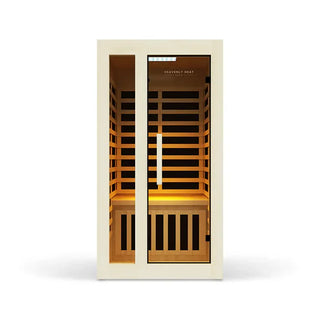
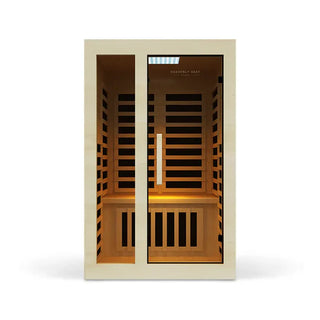
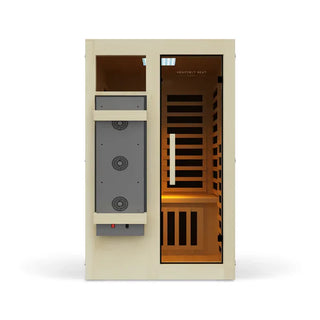
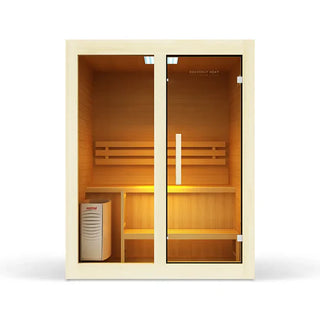
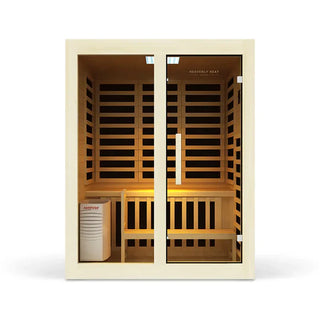
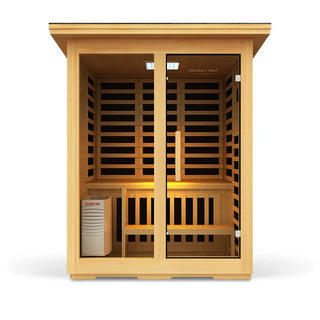




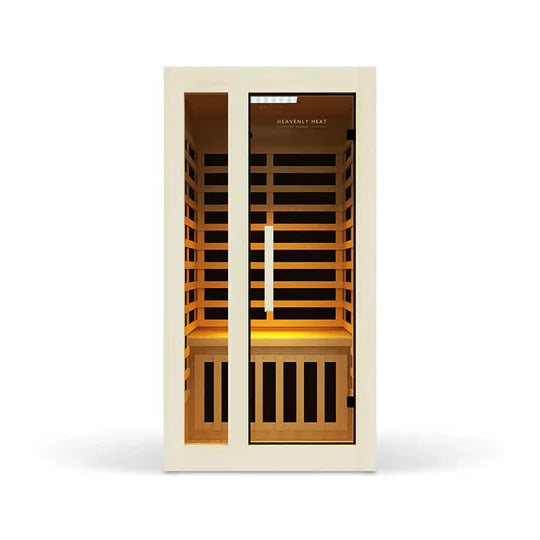

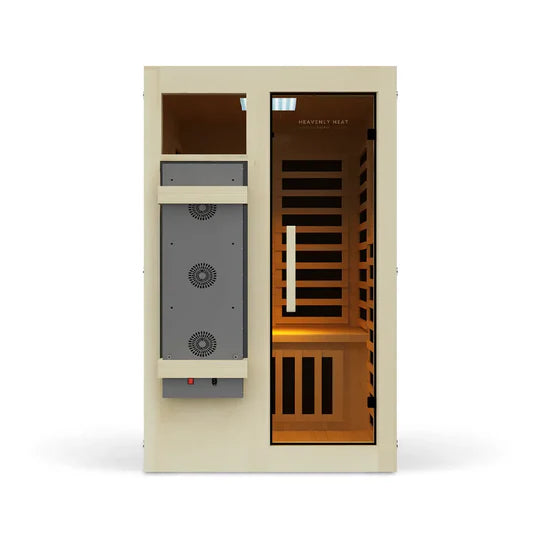
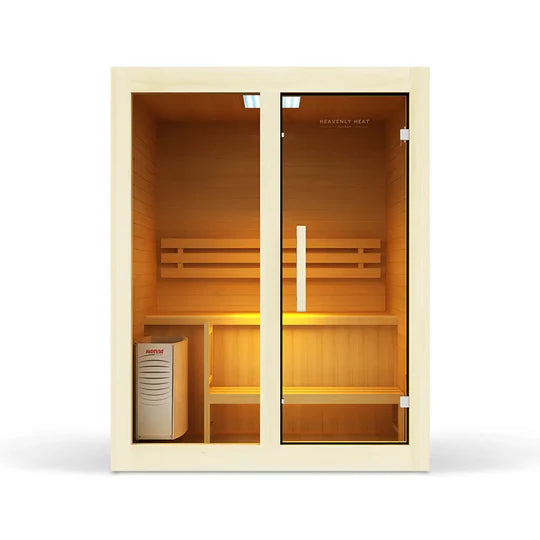
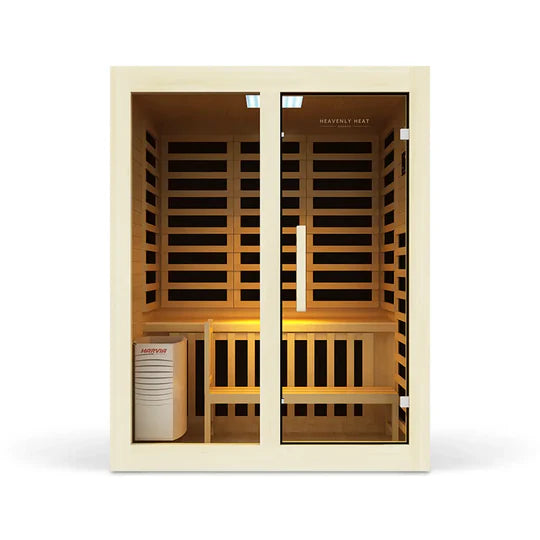

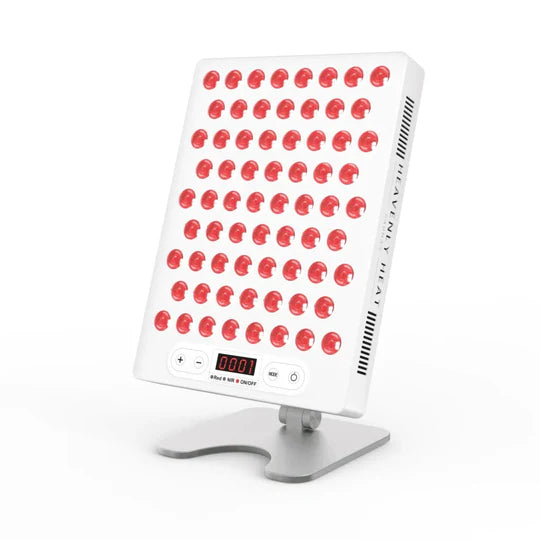
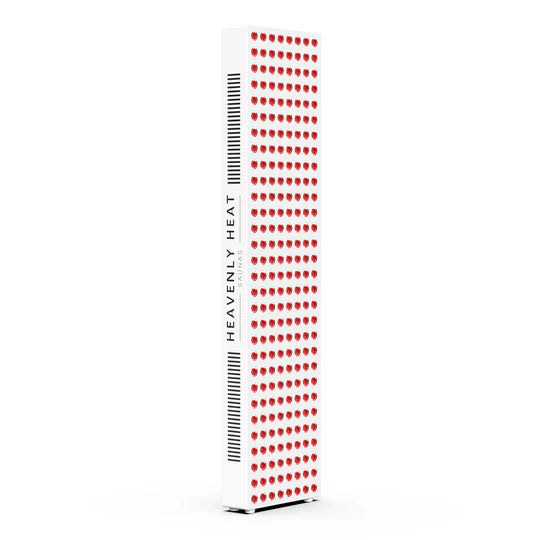







![Infrared Saunas With Premium Canadian Hemlock & Cedar Wood [Luxury Picks]](http://heavenlyheatsaunas.com/cdn/shop/articles/img-1762488476769_e64fb4c8-df19-4c7e-9dcd-4076c66d0b82_800x.jpg?v=1762495335)
